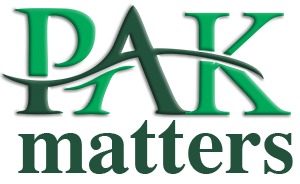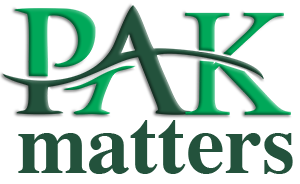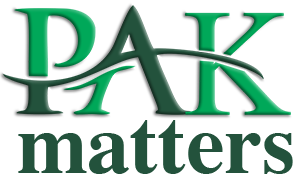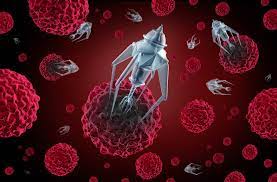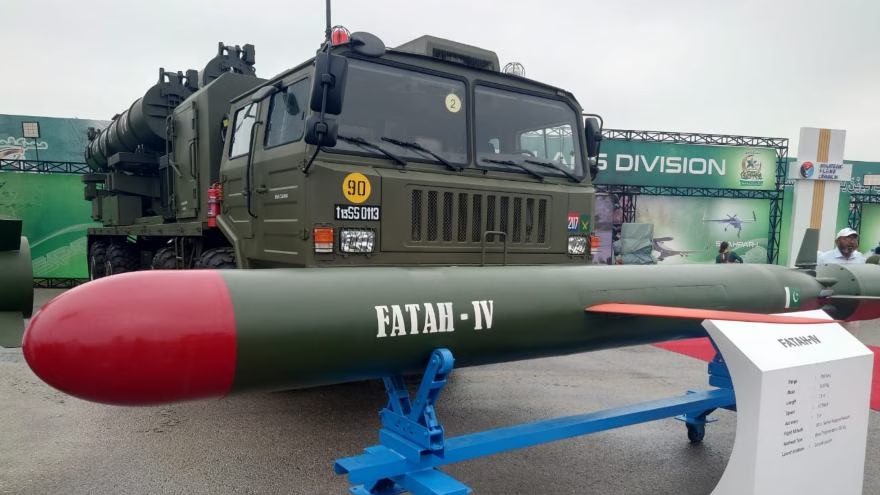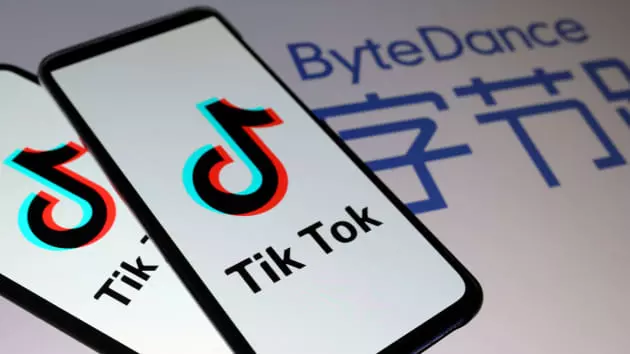Researchers at King Abdullah University of Science & Technology (KAUST) have created a nanotechnology platform that may help them discover novel therapies for bone ailments.
Iron nanowires that bend in reaction to magnetic fields are used in the procedure. The moving substrate provides a sort of physical workout for the bone-forming stem cells that are cultured on a mesh of these small wires. After that, they develop into adult bone far more quickly than in conditions for standard culture, with a differentiation technique that takes only a few days as opposed to a few weeks.
The associate professor of biology Jasmeen Merzaban calls this discovery “extraordinary.” It may be possible for bone regeneration to be more effective because “we can accomplish efficient bone cell creation in a shorter length of time.” Merzaban co-led the investigation with Jürgen Kosel, a sensor expert, and others from both laboratories.
The capacity of the scientists’ nanowire scaffold to produce bone was examined both with and without magnetic signals. Human mesenchymal stem cells (MSCs) generated from bone marrow were then put on top of the minute wires, which had been shaped into an evenly spaced grid. The size of each of the minute wires is comparable to the tail-like extension observed on some bacteria.
The addition of a low-frequency magnetic field significantly sped up the process of bone formation, the researchers found. After two days of incubation with mechanical stimulation, it was possible to identify genetic markers for bone formation, but genes related to stemness and self-renewal immediately went dormant. Under a microscope, the researchers could also see the cells rapidly reconstructing themselves to resemble bone.
With the hope that stem cell-seeded nanowire scaffolds may be safely implanted at injury sites and facilitate tissue regeneration, the KAUST team will next test its technology in mice models of degenerative bone disease. To hasten the healing process, a magnetic field would be provided externally.
A former Ph.D. student in Kosel’s lab and study author Jose Efrain Perez sees potential applicability in different illness scenarios. He notes that altering the matrix stiffness by changing the length and diameter of nanowires “may produce differential responses with MSCs.” Alternatively, they may employ different stem cell types to, for instance, encourage neuronal development and brain regeneration following a stroke.
Perez continues, “We may further tailor the nanowire scaffold itself or the base material, for example, by utilising various metals to harness their magnetic responses or coating the nanowires with biomolecules for possible release upon cellular contact.”
